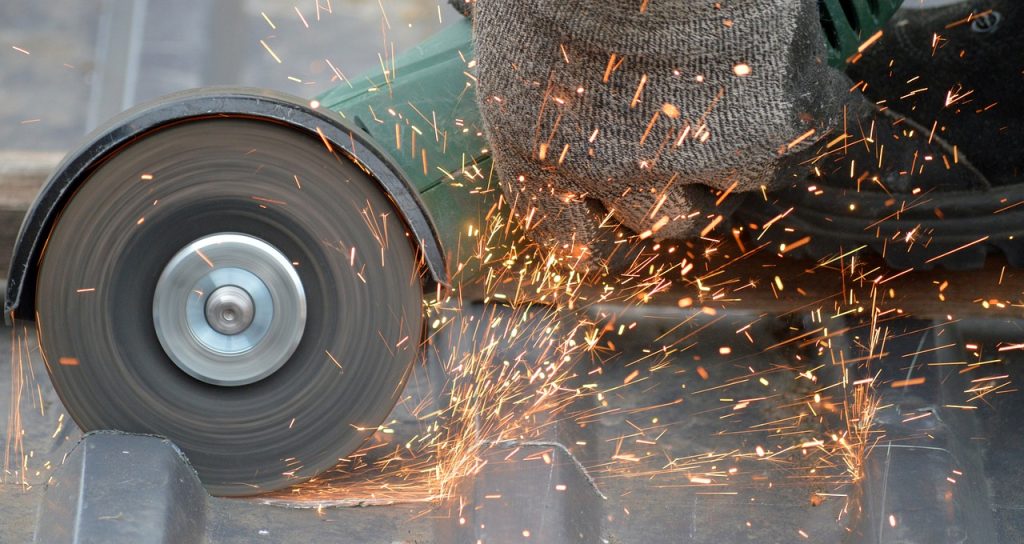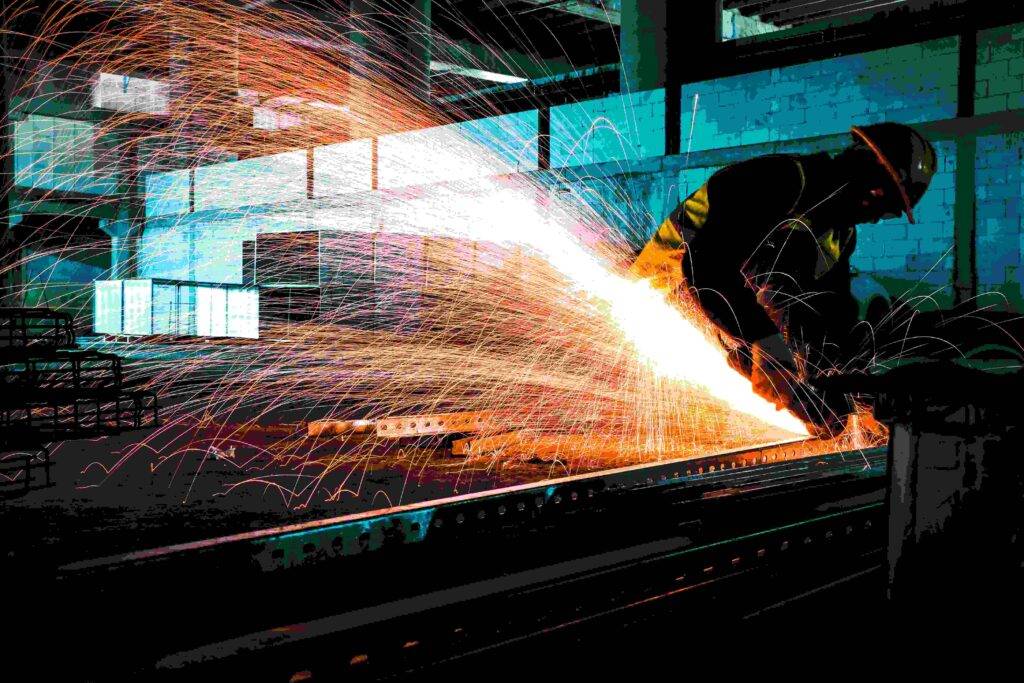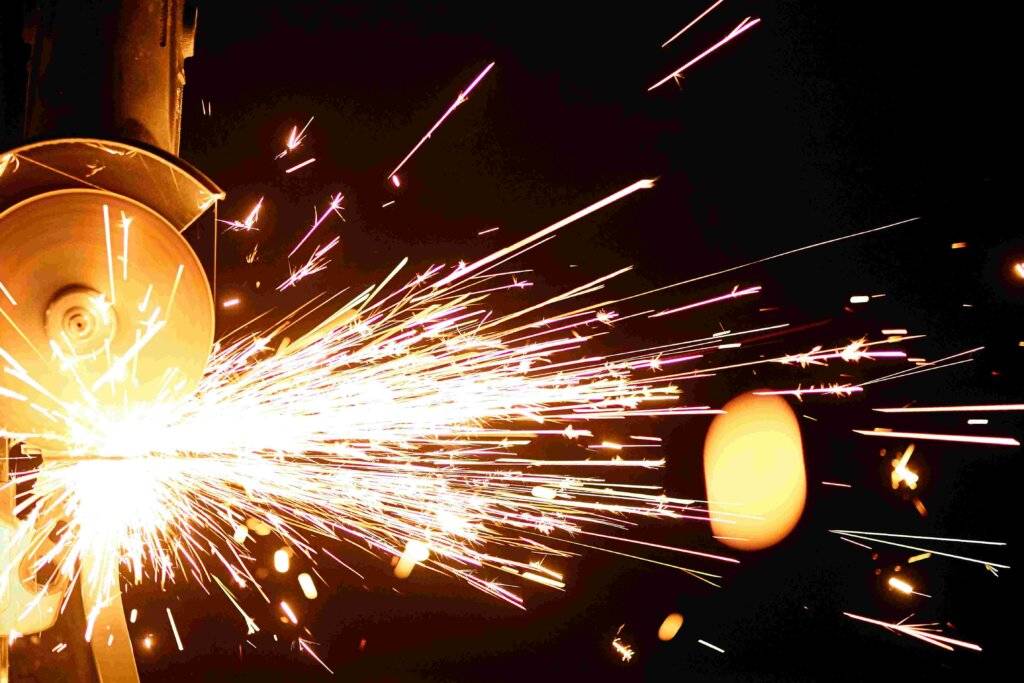When it comes to power tools, finding the right one for the job can make all the difference. For those looking to tackle tough cutting, grinding, and polishing tasks, an angle grinder is a versatile and essential tool to have in your arsenal.
However, with a wide range of options available on the market, it can be overwhelming to determine which angle grinder is the best fit for your needs. From motor power and disc size to safety features and price, there are various factors to consider before making a purchase.
As a professional in the industry, I have encountered numerous inquiries from individuals seeking guidance on what angle grinder to buy. In this article, I aim to provide an in-depth analysis of the top angle grinders on the market, discussing their features, benefits, and potential drawbacks.
By the end, you will have a better understanding of which angle grinder is the most suitable for your specific projects and budget, allowing you to make an informed decision on your next power tool investment.
Consider power and RPM capabilities.
When evaluating what angle grinder to purchase, it is essential to consider the power and RPM capabilities of the tool. Power refers to the motor’s strength and determines the grinder’s ability to handle tough materials and heavy-duty tasks.
Higher power ratings are generally more suitable for professional and industrial use, while lower power options may be sufficient for occasional home projects. Additionally, RPM, or revolutions per minute, indicates the speed at which the grinder’s disc rotates.
A higher RPM allows for faster material removal, making it ideal for tasks that require quick and efficient cutting or grinding. Conversely, lower RPM grinders are better suited for precision work or projects that demand more control. Assessing both power and RPM capabilities will ensure that you select an angle grinder that aligns with your specific needs and intended applications.
Look for adjustable guard options.
Another crucial factor to consider when purchasing an angle grinder is the availability of adjustable guard options. The guard is a key safety feature that helps protect the user from debris and sparks generated during grinding or cutting tasks.
An adjustable guard allows you to customize the positioning of the guard to suit the specific angle and depth of your work. This flexibility ensures optimal protection while maintaining visibility and accessibility to the workpiece.
Look for angle grinders that offer adjustable guard options to enhance both safety and performance, providing added peace of mind and versatility for a wide range of projects.
Evaluate disc sizes and compatibility.
When determining which angle grinder to purchase, it is essential to evaluate the disc sizes and compatibility. Angle grinders typically come in different sizes, with the most common being 4.5, 5, and 7 inches.
The size of the disc you choose depends on the specific tasks you will be performing. Smaller disc sizes are ideal for lighter applications and intricate work, while larger discs are better suited for heavy-duty tasks.
Additionally, it is crucial to ensure that the angle grinder you select is compatible with the specific type of disc you plan to use, such as grinding discs, cutting discs, or polishing discs. Compatibility is key to achieving optimal performance and safety, as using an incompatible disc can lead to inefficient operation and potential hazards.
Research safety features and ergonomics.
When evaluating which angle grinder to purchase, it is important to thoroughly research the safety features and ergonomic design of the available options. Safety should always be a top priority when working with power tools, and angle grinders are no exception.
Look for models that come equipped with features such as a protective guard, which helps prevent accidental contact with the rotating disc, and a safety switch that prevents the tool from being switched on unintentionally.
Additionally, consider the ergonomics of the angle grinder, as a comfortable and well-balanced grip can reduce fatigue and enhance control during use. Look for features such as a non-slip handle and vibration reduction technology, which can contribute to a safer and more comfortable user experience.
Investing in an angle grinder with robust safety features and ergonomic design can greatly enhance your overall productivity and ensure a safer working environment.
Compare prices and customer reviews.
To make an informed decision on which angle grinder to purchase, it is essential to compare prices and consider customer reviews. By comparing prices from different retailers or online platforms, you can ensure that you are getting the best value for your money.
Keep in mind that the lowest price may not always indicate the best quality, so it is important to weigh the features, durability, and brand reputation alongside the price.
Additionally, reading customer reviews can provide valuable insights into the performance and reliability of the angle grinder. Look for reviews from individuals who have used the product for similar tasks, paying attention to their experiences, feedback on durability, and any potential issues they encountered.
By considering both price and customer reviews, you can make a well-informed decision and choose the angle grinder that best meets your needs.
In conclusion, choosing the right angle grinder for your needs is crucial for any project. By considering the features, power, and durability of different models, you can make an informed decision that will not only save you time and money, but also ensure safety and efficiency in your work.
As a professional, investing in a high-quality angle grinder is a wise decision that will pay off in the long run. So, take the time to research and choose the best one for you and your projects. Happy grinding!
FAQ
What are the key factors to consider when choosing an angle grinder?
When choosing an angle grinder, key factors to consider include the power source (corded or cordless), disc size, motor power, speed settings, handle design for ergonomic use, safety features like disc guard, and the intended use (DIY projects or professional applications). It’s important to choose a grinder that suits the task at hand, provides comfortable handling, and offers necessary safety measures to prevent accidents. Additionally, considering brand reputation and user reviews can help in making an informed decision.
Should I opt for a corded or cordless angle grinder?
It ultimately depends on your specific needs and preferences. A corded angle grinder typically provides more power and consistent performance, making it ideal for heavy-duty tasks. On the other hand, a cordless angle grinder offers greater portability and convenience, making it suitable for tasks that require mobility or access to areas without power outlets. Consider factors such as power source availability, intended use, and budget to determine which type of angle grinder is the best fit for your purposes.
What are the differences between a paddle switch and a slide switch on an angle grinder?
A paddle switch on an angle grinder is typically larger and operated by pressing down on it with your hand, providing a more comfortable grip and easier control over the tool. In contrast, a slide switch is usually smaller and requires a sliding motion to turn the grinder on/off, which can be more challenging to operate, especially with gloves on. Ultimately, the main difference lies in the design and operation mechanism of the switch, with paddle switches offering more convenience and control compared to slide switches.
Are there specific features or accessories that I should look for in an angle grinder for certain tasks?
When choosing an angle grinder for specific tasks, consider features like variable speed control for versatility, adjustable guard for safety, anti-vibration handle for comfort, and disc size for the type of material you will be working with. Additionally, accessories such as different types of discs (cutting, grinding, sanding) and dust extraction systems can enhance the performance and safety of the tool for various applications. It is essential to match the features and accessories of the angle grinder with the specific tasks you intend to perform to ensure efficiency and safety.
How do I determine the appropriate size and power of an angle grinder for my needs?
To determine the appropriate size and power of an angle grinder for your needs, consider the type and scale of projects you will be working on. For smaller tasks like DIY projects or home repairs, a 4.5-inch grinder with around 6-8 amps should suffice. If you are tackling heavier duty tasks or professional projects, opt for a larger grinder with more power, such as a 7-inch grinder with 10-15 amps. It is important to match the tool’s size and power to the demands of your specific applications to ensure efficient and safe operation.



